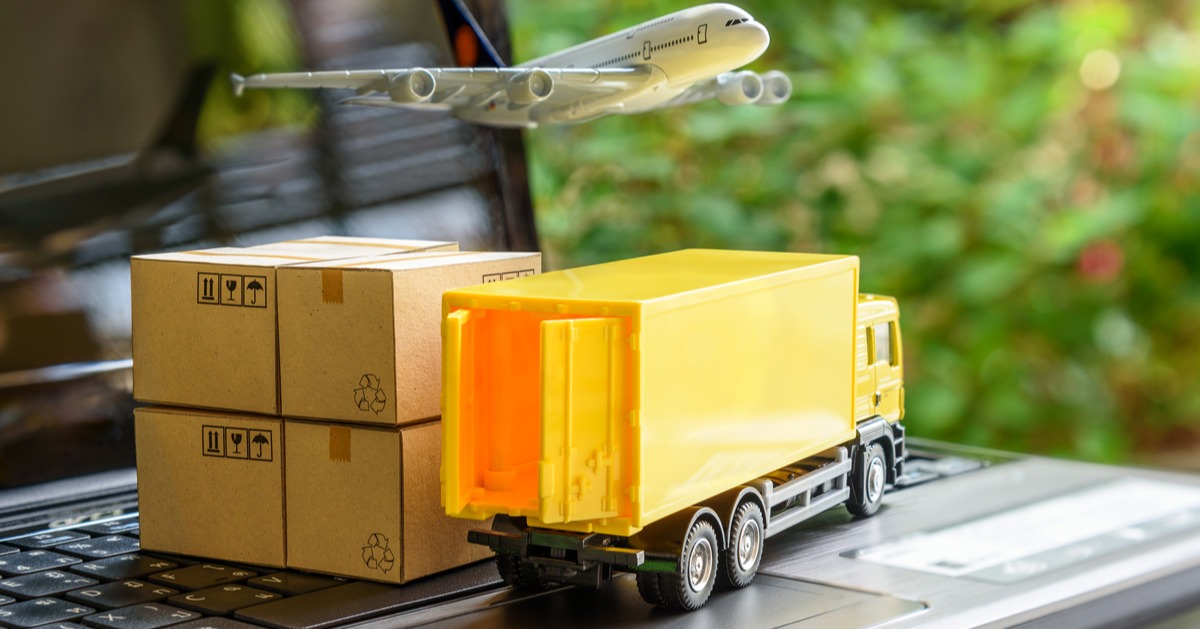As restrictions are eased and the world’s economy kickstarts again, demand for energy, labour and transport has skyrocketed. This sudden acceleration has put significant pressure on just-in-time, cross-border supply chains that keep warehouses open and shelves stocked.
In the United Kingdom, businesses have been trading blows with the government over who’s to blame for the current predicament, with both sides not willing to back down. In this blog, we look at the current supply chain problems and what businesses can do to tighten up their operations.
- The price of shipping is becoming unworkable
- Low pay, gruelling work hours and poor conditions for UK lorry drivers
- Economic consequences of the petrol shortage
The price of shipping is becoming unworkable
Today, an estimated 90% of the world’s goods are transported by sea and this year, we’ve seen the fragility of that shipping network. For example, when the Ever Given got stuck in the Suez Canal in March 2021, it showed what impact a single event can have on the entire global supply chain.
This vulnerability has meant lots of containers in the wrong places and – when you add in surging demand – the cost of shipping has spiralled.
“We’d never pay more than £2,700 for a 40ft container coming to us from China”, Gavin Ucko, CEO of The Happy Puzzle Company, told BBC News. “This morning I was quoted over £15,000 for a similar container. Prices have gone through the roof and it’s becoming unworkable”.
And the rise of the cost of shipping described here plays into broader challenges as Wilf Meynell – an architect and project manager at Studio Bark – explains to BBC News: “In every sector of the timber supply market prices have gone up, supply chains have been less reliable, delivery drivers have been hard to get, so just everything has been difficult.”
You can watch the full BBC News report into the current global supply chain problems below.
Low pay, gruelling work hours and poor conditions for UK lorry drivers
According to the Road Haulage Association, the shortage of UK lorry drivers is up to 100,000, fuelled by pandemic lockdowns and restricted travel. Driver shortages have dogged the industry for years, with many commentators pointing to low pay, gruelling work hours and poor conditions as the other reasons for a lack of new UK-based recruits.
Becky Gibson – one of the 1% of female HGV drivers in the UK – recently spoke about her experiences in inews. “A lot of ‘drivers’ toilets’ I wouldn’t even let my dog use – they are horrendous,” writes Gibson.
“Most companies used to let you use their office loos, but when the pandemic hit, I was refused at a lot of places. I don’t know how people can justify refusing a basic necessity like that, but they did.”
Economic consequences of the petrol shortage
While oil companies have stressed there’s plenty of petrol available, the key issue is there’s not enough drivers to deliver it to forecourts. This has stopped huge numbers of people from travelling to the office, school, factory or – in the case of care workers – reaching housebound patients.
And with each worker that’s unable to make a trip, you get one step closer to a shift not running or a production shutting down. It’s a situation that’s rapidly having economic consequences as it overlaps with lorry driver shortages and interruptions to global supply chains, which is pushing up prices in everything from computer chips to coffee.

What can businesses do to tighten up their supply chain?
The answer isn’t to de-globalise your supply chain; instead businesses should be focusing on making it more agile and resilient. Here are some ways you can do that:
- Be flexible with your sourcing and distribution strategies – the current situation has raised deeper questions such as where we make our products. So, consider using suppliers closer to home
- Modernise your manufacturing operations – Internet of Things (IoT) and AI give you access to real-time data from your machines and helps you stay on top of stock availability
- Transform your warehouse management – with IoT, you can use real-time data to monitor the capacity and consumption of your goods, as well as create heatmaps of your warehouse processes and more
- Optimise production performance – AI and machine learning help you predict and proactively solve issues while investing in an ERP system will allow you to conduct regular maintenance on your assets
- Maximise the life of your assets – use real-time performance data gathered on your machines to plan/perform predictive and preventative maintenance on your assets
- Have a good project plan and keep your teams in the loop – understand your current business processes so you know what needs to be improved and why, plus earn your team’s buy-in for the best chances of success
Want to know more? Our checklist covers these steps in more detail and breaks down exactly what you should do to achieve supply chain stability.
Download it below.

